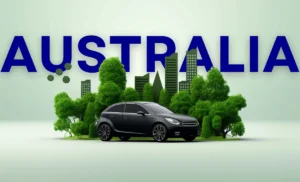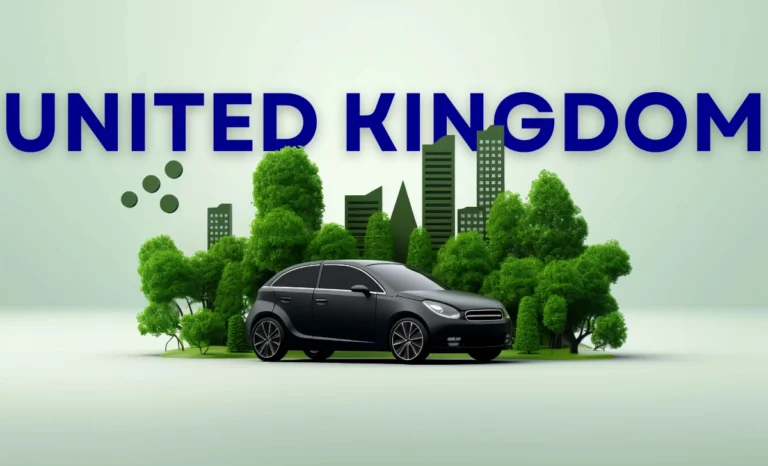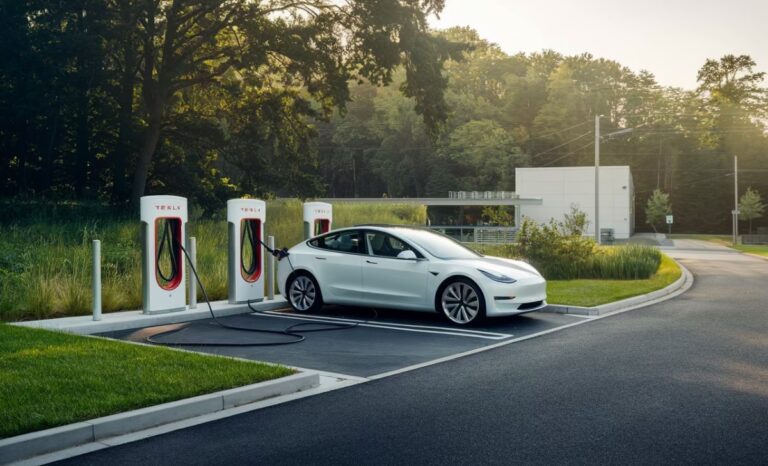In 2025, the Australian automotive landscape is experiencing a significant shift towards sustainable transportation, with electric vehicles (EVs) becoming more accessible and affordable than ever before. The introduction of models like the BYD Dolphin, starting at $29,990 plus on-road costs, and the GWM Ora, priced from $33,990 drive-away, has redefined the market, offering consumers budget-friendly options without compromising on quality.
This comprehensive guide delves into the most affordable electric cars available in Australia for 2025, providing insights into their features, performance, and the latest electric car incentives. Whether you’re considering making the switch to an EV or exploring the best budget EVs on the market, this article aims to equip you with the knowledge needed to make an informed decision.
In this article
The Rise of Affordable Electric Vehicles in Australia
In 2025, Australia’s automotive industry is witnessing a transformative shift as affordable electric vehicles (EVs) become increasingly accessible to the general public. This evolution is driven by a combination of technological advancements, competitive market dynamics, and supportive government policies aimed at promoting sustainable transportation.
Technological Advancements and Market Dynamics
The introduction of models like the BYD Dolphin, starting at $29,990 plus on-road costs, marks a significant milestone as Australia’s first EV priced under $30,000.
Similarly, the Hyundai Inster, expected to arrive in early 2025 with pricing suggested to be about the mid-$30,000 mark, offers consumers more options in the affordable EV segment.
These developments have intensified competition among manufacturers, leading to a broader selection of budget-friendly electric cars for Australian consumers.
Government Incentives and Support
To further encourage the adoption of electric vehicles, various Australian states have implemented attractive incentives. For instance, Queensland offers a generous rebate of up to $6,000 for electric vehicles under $68,000, available to households with a taxable income below $168,000.
Additionally, the federal government’s Electric Car Discount program provides exemptions and incentives to reduce the upfront costs of EVs, making them more attainable for a wider audience.
Consumer Trends and Environmental Impact
With the combination of decreasing vehicle costs and government incentives, Australians are increasingly considering EVs as viable alternatives to traditional internal combustion engine vehicles. This shift not only offers potential savings on fuel and maintenance but also contributes to reducing the nation’s carbon footprint, aligning with global efforts to combat climate change.
Top 10 Affordable Electric Vehicles in 2025
In 2025, the Australian automotive market offers a diverse selection of affordable electric vehicles (EVs) that cater to various preferences and budgets. Below is a curated list of the top 10 most affordable electric cars available in Australia, highlighting their key features and pricing to assist you in selecting the best budget EV for your needs.
BYD Dolphin
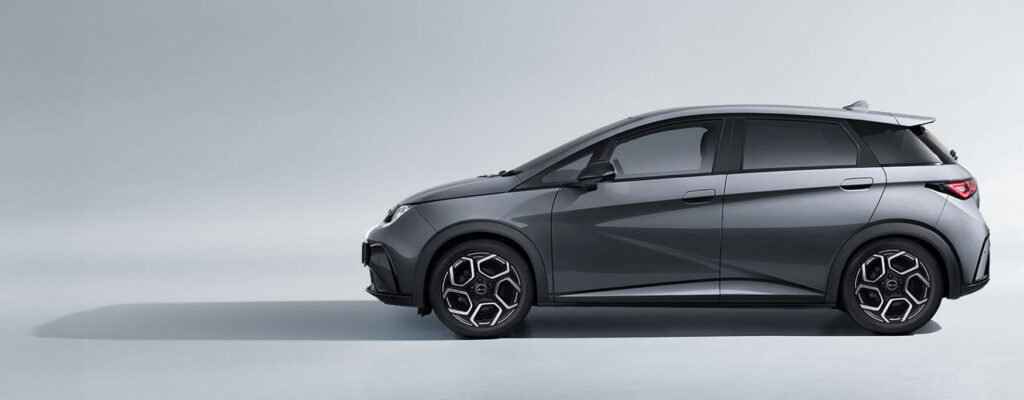
Price: Starting at $29,990 plus on-road costs.
Overview: The BYD Dolphin stands out as Australia’s first EV priced under $30,000, offering an accessible entry point into electric mobility.
MG4
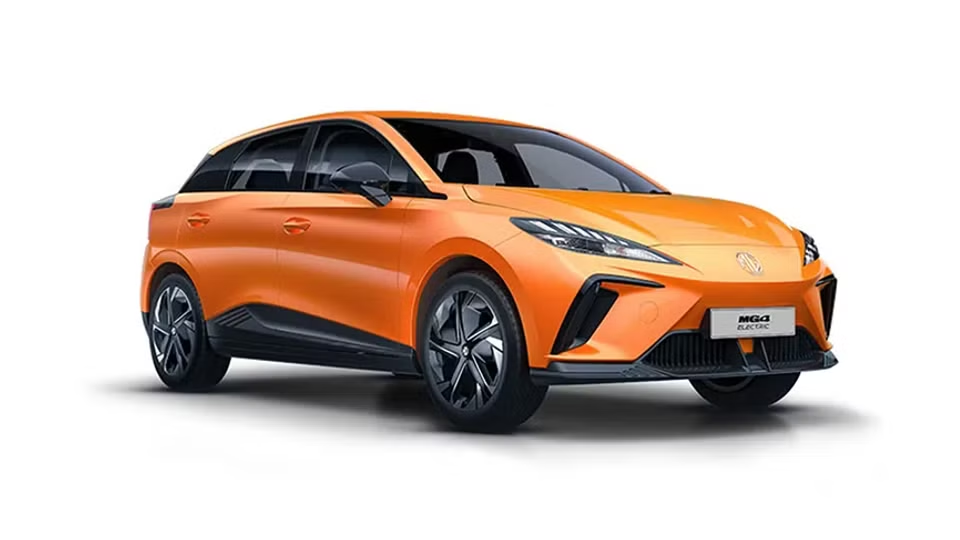
Price: Starting at $34,990 drive-away.
Overview: The MG4 hatchback provides a balance of affordability and functionality, making it a popular choice among budget-conscious consumers.
GWM Ora
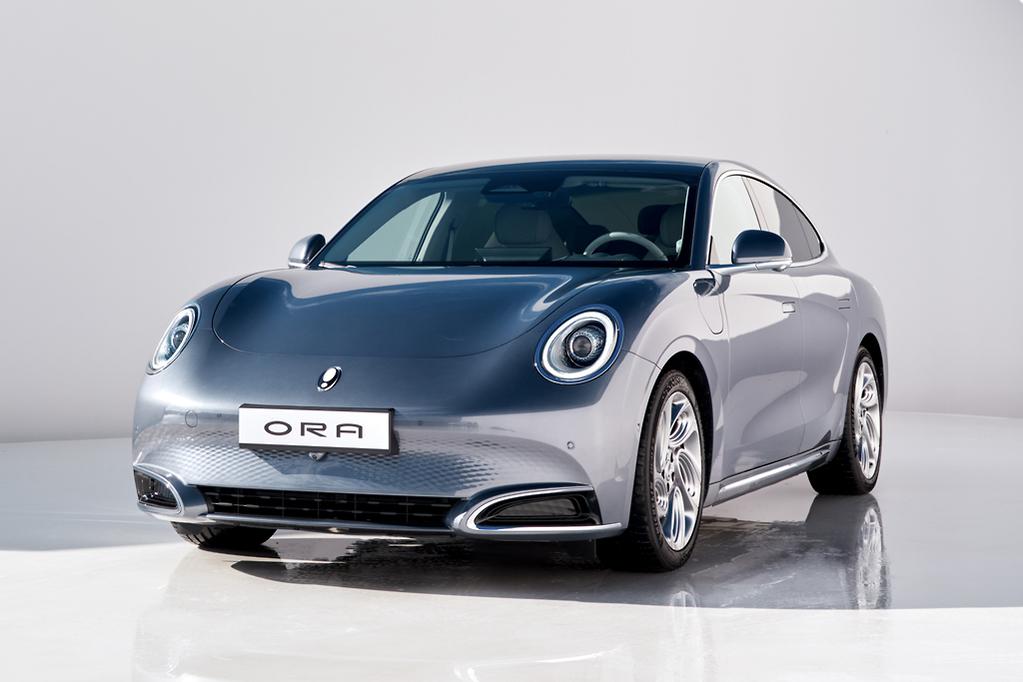
Price: From $33,990 drive-away.
Overview: The GWM Ora combines retro styling with modern electric technology, appealing to those seeking a unique yet cost-effective EV.
Hyundai Inster
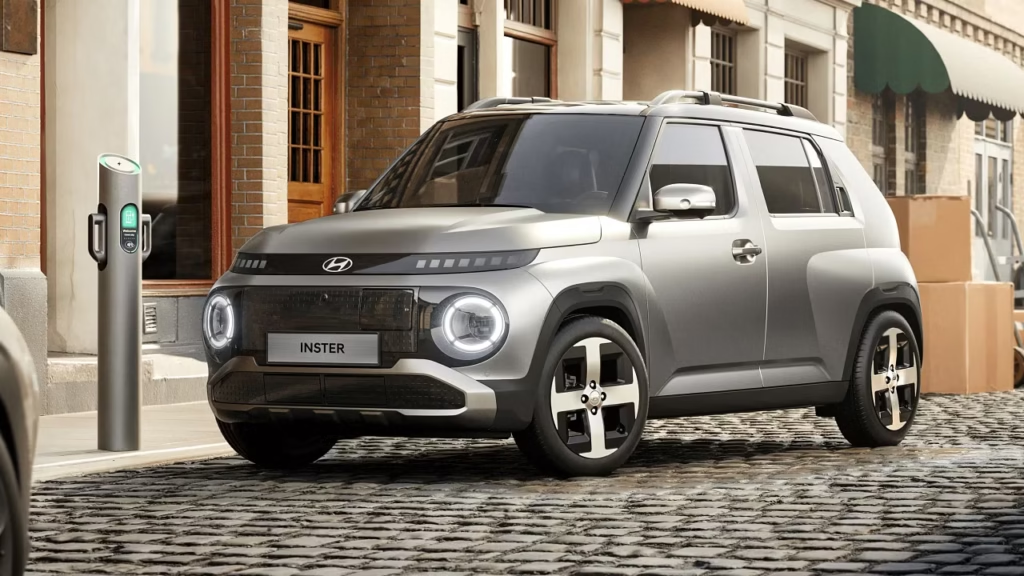
Price: Expected to be in the mid-$30,000 range.
Overview: Set to launch in early 2025, the Hyundai Inster is a compact electric vehicle designed for urban environments, offering practicality and efficiency.
Chery Omoda E5
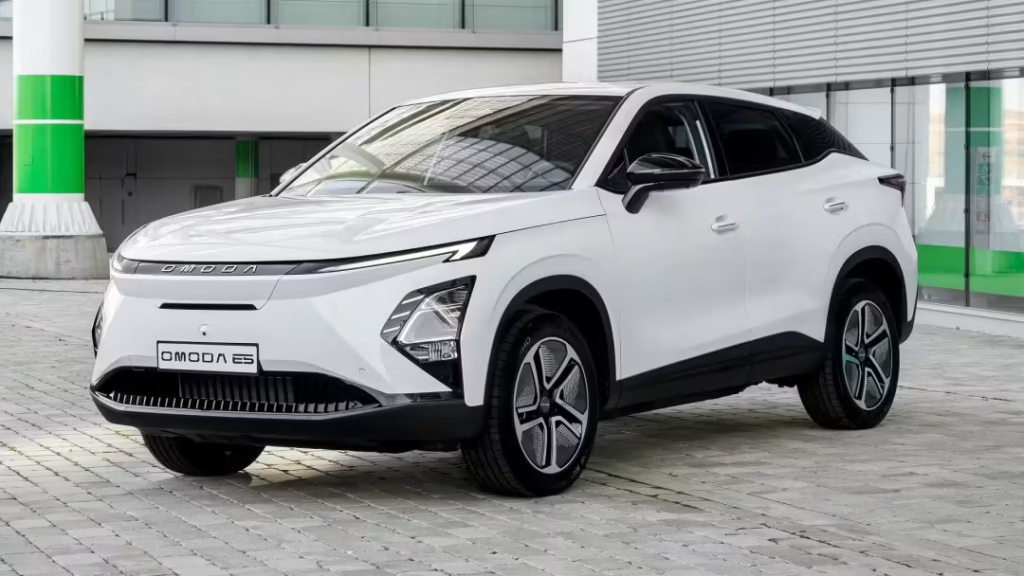
Price: Priced competitively to undercut rivals, enhancing affordability in the SUV segment.
Overview: The Chery Omoda E5 is positioned as an affordable electric SUV, providing ample space and modern features for families.
Kia EV5 Air Standard Range
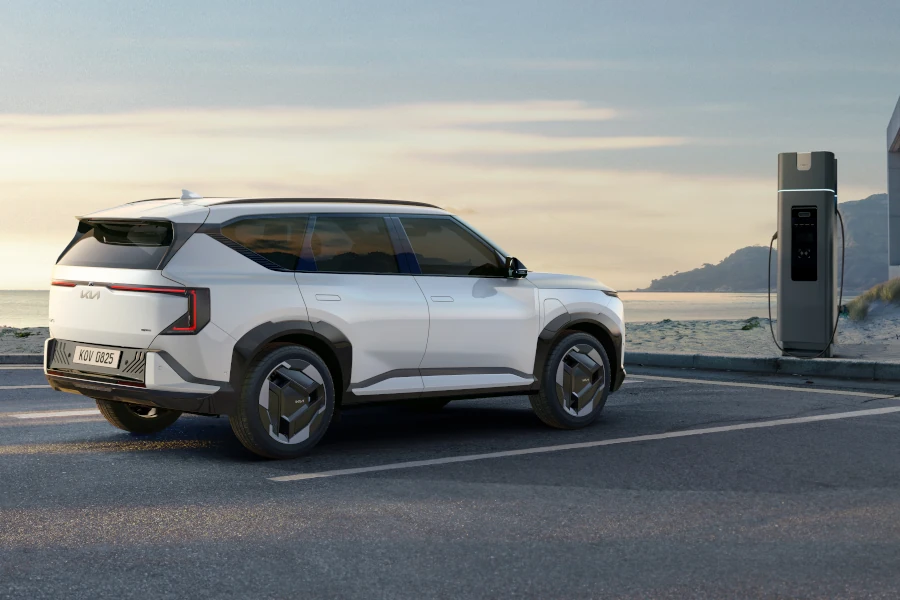
Price: Starting at $56,770 drive-away.
Overview: The Kia EV5 offers a blend of style and technology, with the Air Standard Range variant providing an accessible entry point into Kia’s electric SUV lineup.
Geely Riddara RD6
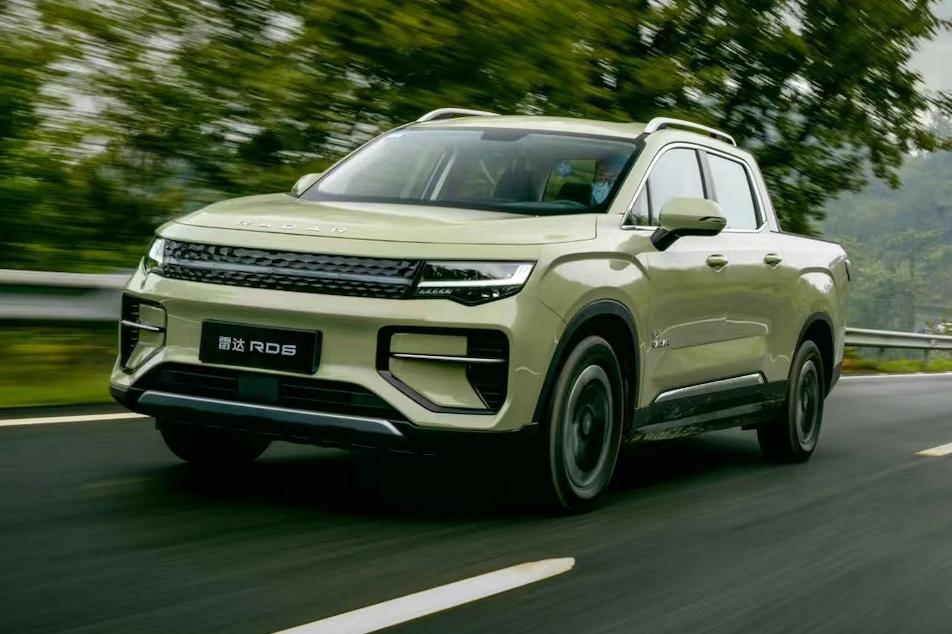
Price: Pricing to be announced.
Overview: The Geely Riddara RD6 is an upcoming fully electric ute, expanding options for consumers seeking utility vehicles in the EV market.
LDV eTerron 9
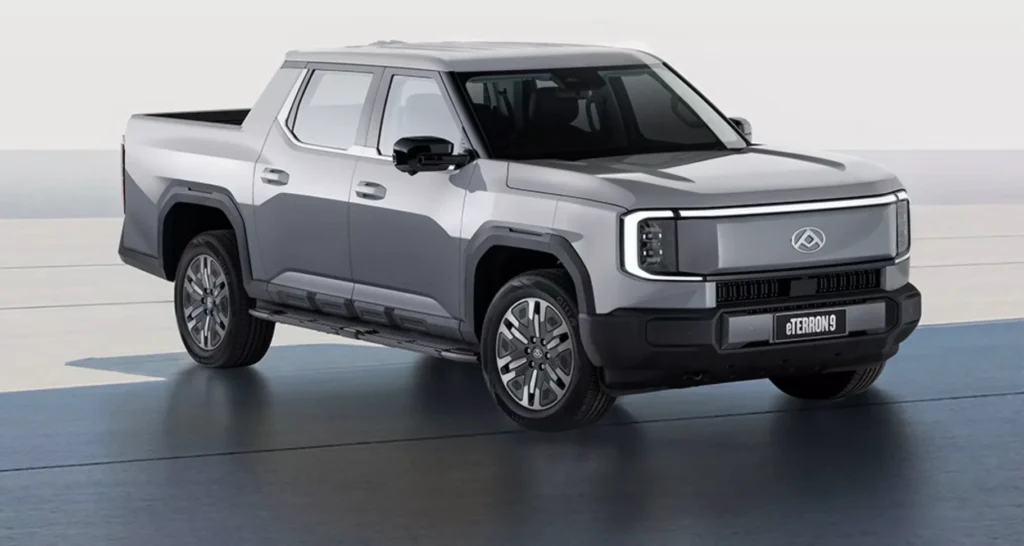
Price: Pricing to be announced.
Overview: The LDV eTerron 9 is set to offer a completely new design compared to its predecessors, aiming to provide a versatile electric ute option.
Renault R5 Turbo 3E

Price: Expected to be well north of $200,000.
Overview: For enthusiasts seeking high performance, the Renault R5 Turbo 3E offers a powerful electric drivetrain in a hot hatch format.
Tesla Model Y
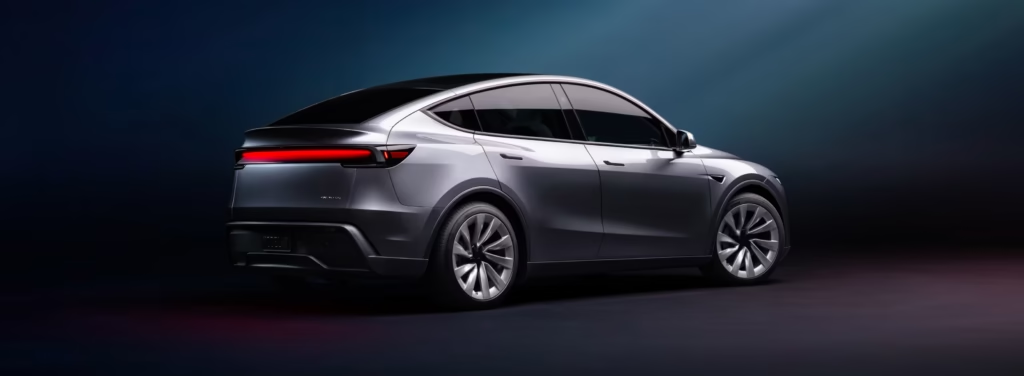
Price: Pricing subject to market adjustments.
Overview: The Tesla Model Y continues to be a popular choice, offering advanced technology and a spacious interior, with recent price reductions enhancing its affordability.
When considering the purchase of an electric vehicle, it’s essential to explore available electric car incentives in Australia. For instance, Queensland offers a generous rebate of up to $6,000 for electric vehicles under $68,000, applicable to households with a taxable income below $168,000.
Additionally, the federal government’s Electric Car Discount program provides exemptions and incentives to reduce the upfront costs of EVs, making them more attainable for a wider audience.
By leveraging these incentives, you can further reduce the overall cost, making the transition to an electric vehicle more economical.
Government Incentives and Rebates
In 2025, the Australian government continues to support the adoption of affordable electric vehicles (EVs) through various incentives and rebates, making the transition to electric mobility more accessible and cost-effective. Below is an overview of the key programs available to consumers:
1. Federal Government Incentives
- Electric Car Discount: Introduced to reduce the upfront cost of eligible electric vehicles, this program exempts certain EVs from the Luxury Car Tax (LCT). As of April 2025, plug-in hybrid electric vehicles (PHEVs) are no longer eligible for this incentive.
2. State-Specific Incentives
- Queensland:
- Rebates: Offers rebates of up to $6,000 for new zero-emission vehicles (ZEVs) priced under $68,000. To qualify for the higher rebate, households must have an annual taxable income of $180,000 or less.
- Registration Discounts: Provides discounts on registration fees for EVs, contributing to lower ongoing costs for EV owners.
- New South Wales (NSW):
- Rebate: Previously offered a $3,000 rebate for battery electric and hydrogen fuel cell vehicles with a dutiable value below $68,750. This program concluded on 31 December 2023.
- South Australia:
- Registration Exemption: New battery electric vehicles with a dutiable value of less than $68,750 are eligible for three years of free registration (registration fee component only; other charges apply). This exemption is available for vehicles first registered from 28 October 2021 up to 30 June 2025.
- Victoria:
- Stamp Duty Exemption: Electric vehicles are exempt from the luxury vehicle rate of stamp duty, reducing the overall cost of purchasing an EV.
3. Additional Support Programs
- Low-Interest EV Loans: The government has introduced low-interest loans for new and used EVs, as well as home EV charging equipment, to make EV ownership more affordable. These loans offer up to a 5% reduction in interest rates for individuals earning less than $100,000 annually.
- $50 Million EV Loan Subsidy for Farmers and Truckers: A $50 million initiative has been allocated to subsidize EV loans for farmers and truck drivers, aiming to decarbonize key industries. Eligible borrowers can save approximately $1,700 in interest over five years on a $60,000 EV loan.
4. Considerations for Consumers
When exploring these incentives, it’s important to note that eligibility criteria and program details may vary by state and over time. Additionally, the availability of specific incentives can influence the overall affordability of electric vehicles, making it essential to stay informed about current offerings.
By leveraging these government incentives and rebates, consumers can significantly reduce the cost of purchasing an electric vehicle, making the transition to sustainable transportation more attainable.
Charging Infrastructure and Costs

As the adoption of affordable electric vehicles (EVs) accelerates across Australia in 2025, understanding the charging infrastructure and associated costs is essential for consumers considering the transition to electric mobility.
1. Charging Infrastructure Expansion
Australia is actively enhancing its EV charging network to support the growing number of electric vehicles on the road. Key developments include:
- National Charging Network: The government is collaborating with organizations like the NRMA to establish a comprehensive national EV charging network. This initiative aims to install 117 charging stations along major highways, ensuring coverage at approximately 150 km intervals between capital cities.
- Private Sector Investments: Companies such as bp pulse are contributing to infrastructure growth, with plans to install 600 charging points in Australia by 2025 as part of their global commitment to net-zero emissions.
2. Charging Costs
The cost of charging an EV in Australia varies based on several factors:
- Home Charging: Charging at home is generally more economical. For instance, charging a Tesla Model 3 with a 57.5 kWh battery from 0% to 100% in Victoria, where the average electricity cost is 21.14 cents per kWh, would cost approximately $12.16.
- Public Charging: Public charging costs can be higher. At a 50 kW station, the average cost is about 45 cents per kWh, equating to $5.04 for 100 km of driving. Faster charging stations, such as 350 kW units, may charge around 65 cents per kWh.
3. Factors Influencing Charging Costs
Several elements can affect the cost of charging an EV:
- Electricity Tariffs: Rates vary by state and provider. For example, the average electricity cost in Victoria is 21.14 cents per kWh.
- Charging Speed: Fast-charging stations typically charge higher rates compared to standard home chargers.
- Time of Use: Charging during off-peak hours can reduce costs, especially if you have a time-of-use electricity plan.
4. Future Outlook
The Australian government is committed to enhancing EV infrastructure and affordability. Initiatives like the Driving the Nation Fund aim to expand the charging network, making EV ownership more convenient and cost-effective.
By staying informed about charging infrastructure developments and costs, consumers can make well-informed decisions when considering the transition to the most affordable electric cars available in Australia in 2025.
Total Cost of Ownership

When considering the transition to an affordable electric vehicle (EV) in Australia in 2025, it’s essential to evaluate the Total Cost of Ownership (TCO). This comprehensive metric encompasses all expenses associated with purchasing, operating, and maintaining a vehicle over its lifespan. Understanding the TCO is crucial for consumers seeking the best budget EVs 2025.
Upfront Purchase Price
The initial cost of an EV can be higher than that of a comparable internal combustion engine (ICE) vehicle. However, the gap is narrowing as more affordable electric vehicles in Australia 2025 enter the market. For instance, the BYD Dolphin is available from $29,990, making it one of the most affordable electric cars in the country.
Government Incentives and Rebates
To offset the higher upfront costs, various government incentives are available:
- Federal Incentives: Electric vehicles priced below $91,387 can benefit from a fringe benefits tax exemption, allowing salaried employees to lease them using pre-tax income.
- State Incentives: For example, Queensland offers rebates of up to $6,000 for electric vehicles priced under $68,000, with additional incentives for households with a taxable income below $180,000.
These incentives can significantly reduce the effective purchase price, thereby lowering the TCO.
Operating Costs
EVs generally offer lower operating costs compared to ICE vehicles:
- Fuel: Electricity is typically cheaper than petrol or diesel. For example, charging a Tesla Model 3 with a 57.5 kWh battery from 0% to 100% in Victoria, where the average electricity cost is 21.14 cents per kWh, would cost approximately $12.16.
- Maintenance: EVs have fewer moving parts, leading to reduced maintenance expenses. Over a 5-year period, the BYD Atto’s maintenance costs are estimated at $1,590, compared to $2,760 for the Hyundai Kona.
Depreciation
While EVs have historically depreciated faster than ICE vehicles, this trend is changing as EVs become more mainstream. The increasing availability of affordable electric vehicles in Australia 2025 and growing consumer confidence are contributing to improved resale values.
Charging Infrastructure
Access to charging stations is vital for EV owners. Australia is expanding its charging infrastructure, with numerous public charging stations available across the country. Additionally, many EV owners install home charging units, further reducing operating costs.
When considering the Total Cost of Ownership, affordable electric vehicles in Australia 2025 present a compelling financial case. Lower operating and maintenance costs, combined with government incentives, make EVs an attractive option for budget-conscious consumers. As the market continues to evolve, the TCO for EVs is expected to become even more favorable, reinforcing their position as a viable choice for Australian drivers.
Future Outlook
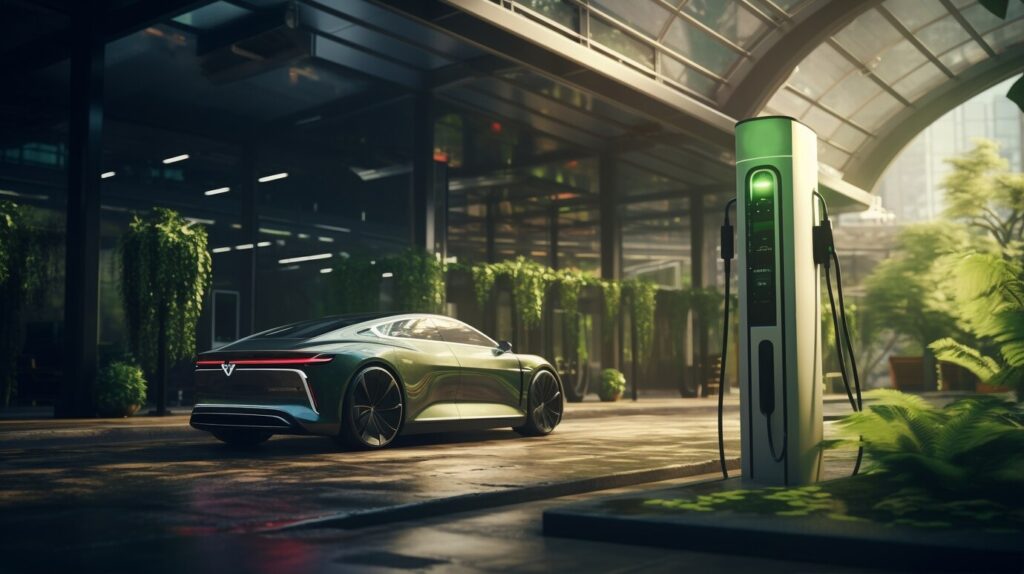
As we look ahead to 2025 and beyond, the landscape for affordable electric vehicles (EVs) in Australia is poised for significant transformation. The convergence of technological advancements, supportive government policies, and evolving consumer preferences is set to accelerate the adoption of best budget EVs 2025.
Expansion of Affordable EV Options
The Australian market is anticipated to see a substantial increase in the availability of affordable electric vehicles Australia 2025. Approximately 40 new battery electric models are expected to enter the market, raising the total number by around 50% to about 120 by the end of the year.
Government Incentives and Rebates
Government initiatives are playing a pivotal role in making EVs more accessible. For instance, Queensland offers rebates of up to $6,000 for electric vehicles priced under $68,000, with additional incentives for households with a taxable income below $180,000.
Similarly, South Australia provides a registration charge rebate of $152 for vehicles first registered in 2024-25.
Advancements in Charging Infrastructure
The expansion of charging infrastructure is crucial to support the growing number of EVs. Ongoing investments are expected to enhance the accessibility and convenience of charging stations, addressing one of the primary concerns for potential EV owners.
Consumer Adoption Trends
While EV adoption is on the rise, regional disparities exist. Inner-city areas, such as Sydney, exhibit higher EV ownership compared to suburban and regional regions. This trend underscores the need for targeted strategies to encourage EV adoption across diverse demographics.
In summary
In summary, Australia’s electric vehicle (EV) market in 2025 offers a diverse range of affordable options, making the transition to electric driving more accessible than ever. Notably, the BYD Dolphin stands out as the most affordable electric car, with prices starting at $29,990 before on-road costs.
Other budget-friendly EVs include the GWM Ora, priced from $33,990 drive-away, and the MG4, starting at $34,990 drive-away. These models are competitively priced, often undercutting traditional petrol vehicles in the same segment.
To further support EV adoption, the Australian government has introduced several incentives. For instance, Queensland offers rebates of up to $6,000 for electric vehicles priced under $68,000, available to households with a taxable income below $180,000.
Additionally, new battery electric vehicles with a dutiable value of less than $68,750 are eligible for three years of free registration in South Australia.
These initiatives, combined with the growing availability of affordable electric vehicles, make 2025 an opportune time for Australians to consider transitioning to electric mobility.

